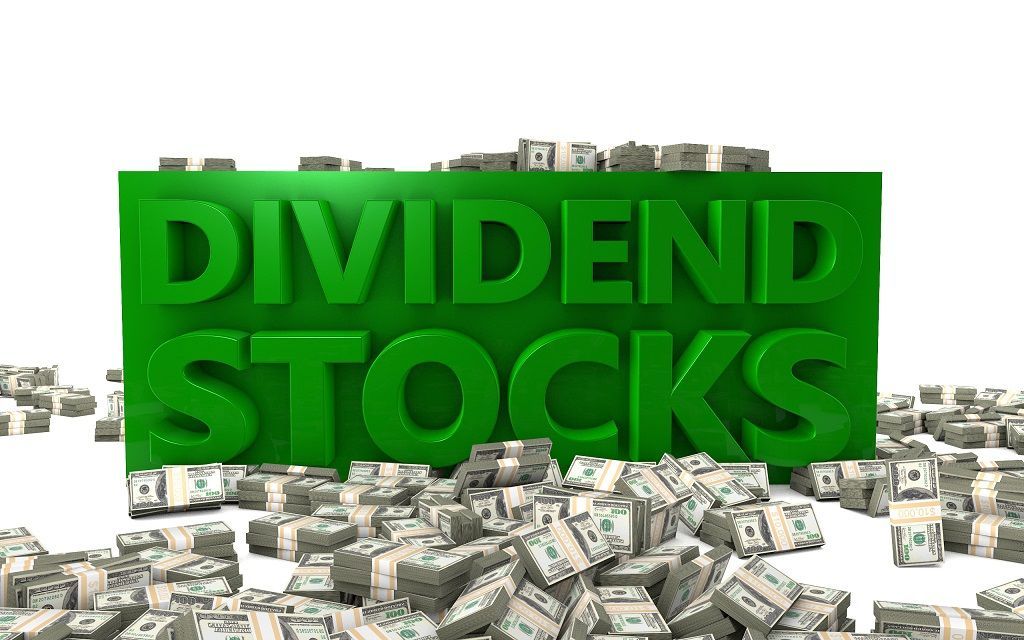High dividend stocks seem to shine like beacons in the investment landscape, often heralded as a safe haven for income-seeking investors. But beneath this alluring exterior lies a labyrinth of complexities and hidden truths that can catch many off guard.
Are these stocks truly the golden ticket to financial stability, or are they concealing risks that could unravel your strategy? The allure of steady income can sometimes cloud judgment, masking the fact that not all high dividend yields are created equal. In this article, we will peel back the layers of the high dividend stock phenomenon, revealing crucial insights that the financial establishment may prefer to remain shrouded in ambiguity.
Prepare to navigate the intricate dynamics that govern these investments and arm yourself with knowledge that could make all the difference in your portfolio.
The Promise vs. Reality: Understanding Dividends

When diving into the world of high dividend stocks, the allure of steady income can be incredibly tempting. Investors often envision a dream scenario—consistent cash flow, a comfortable lifestyle, and financial security.
Yet, the reality can starkly contrast this ideal. Many high-yield dividend stocks may not be as stable as they appear; companies can reduce or eliminate payouts due to economic downturns or operational challenges.
Furthermore, that alluring yield might mask underlying risks, such as dwindling revenue or ballooning debt. The promise of high dividend stocks can quickly morph into a financial pitfall if investors don\’t scrutinize the health of the underlying business.
So, as you weigh the seduction of dividends, remember that not all that glitters is gold in the stock market.
Hidden Risks: What High Yields Might Be Concealing

When chasing after high-yield dividends, investors often find themselves lured into a captivating world of promise and profit, yet lurking beneath this alluring surface are hidden risks that can quickly unravel financial dreams. It’s easy to become enchanted by the siren call of lavish returns, but these yields can sometimes serve as a deceptive mask for underlying issues—whether it’s a company’s weakening fundamentals, an unsustainable payout ratio, or shifting market dynamics that may render those dividends increasingly precarious.
Streets paved with gold can swiftly transform into pitfalls; companies may resort to generous dividends to divert attention from mounting debt or declining revenues, leaving investors grasping at straws when the inevitable corrections occur. As the saying goes, if it sounds too good to be true, it probably is—thus, before diving into high-yield stocks, one must peel back the layers, scrutinizing financial health and industry conditions with a keen eye to avoid costly missteps.
Financial Health: Analyzing the Company Behind the Dividend

When diving into the world of high dividend stocks, one cannot overlook the imperative task of dissecting the financial health of the issuing company. It’s not merely about the alluring percentage on the surface; it’s about what lies beneath.
A company boasting a generous dividend may seem like a goldmine, yet a deeper analysis often reveals a patchwork of financial realities—areas like debt levels, cash flow stability, and earnings consistency play pivotal roles. For instance, a company may often exceed its earnings targets yet mask lurking vulnerabilities in its balance sheet or cash reserves.
Moreover, startling fluctuations in revenue, emerging market competition, and unexpected expenses can threaten even the most robust dividend-paying firms. Investors ought to scrutinize not just historical payouts but also the sustainability of these dividends, asking pivotal questions: Is the company reinvesting enough to ensure growth? How resilient is its business model in the face of economic downturns? Hence, in the quest for income, understanding the underlying financial dynamics becomes essential, transforming a seemingly enticing dividend into a calculated investment.
Conclusion
In conclusion, while high dividend stocks can present an enticing opportunity for investors seeking consistent income, it is crucial to approach them with a discerning eye. The alluring yields can often mask underlying risks, such as market volatility and the potential for dividend cuts during economic downturns.
Additionally, investors should remain vigilant about the broader financial health of the companies behind these dividends, as not all high-yield stocks are created equal. By conducting thorough research and maintaining a balanced investment strategy, you can navigate the complex landscape of dividend investing and make informed decisions that align with your financial goals.
Remember, knowledge is your best ally in unlocking the true potential of these investment vehicles.

